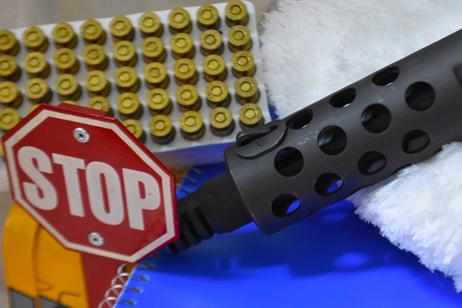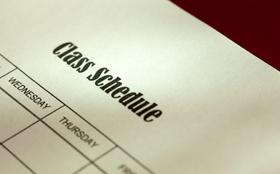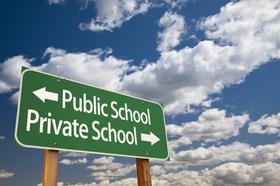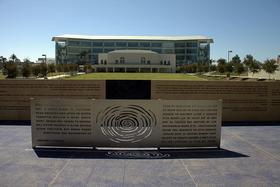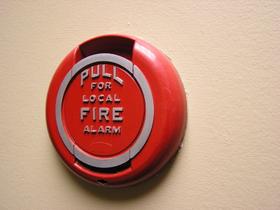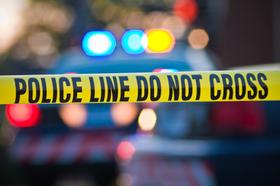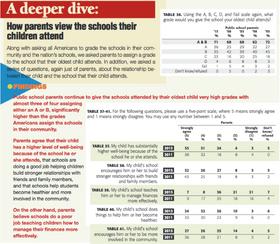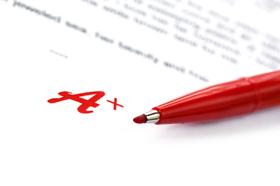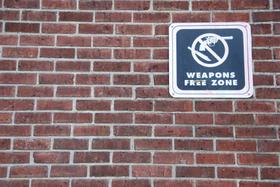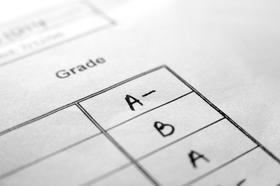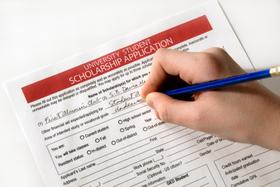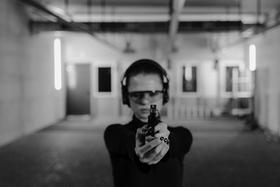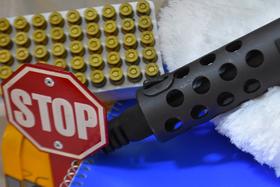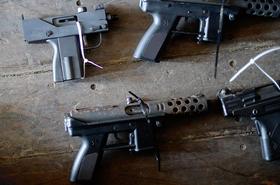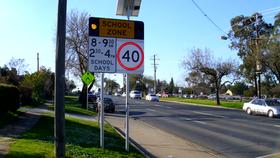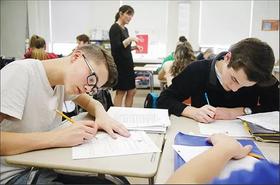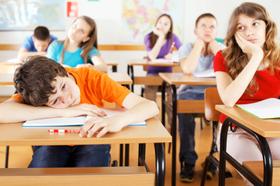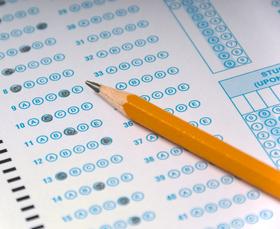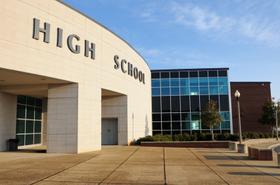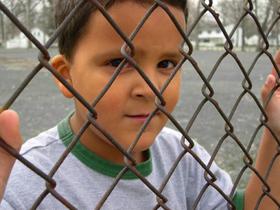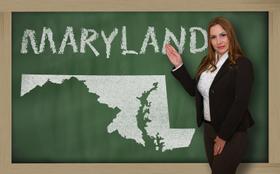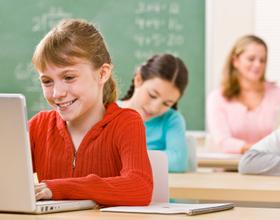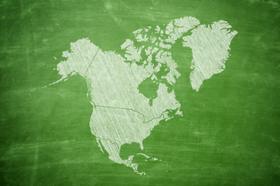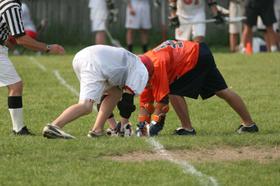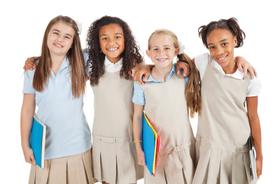As I began my research for this article on school shootings, I thought it best to look at the history of shootings in American schools. I expected the timeline to cover the 19th and 20th centuries, but I wasn't prepared to discover that the first shootings dated back to the 1700s. First, read K12 Academics' History of School Shootings in the United States. That article covers from colonial days through to 2010. Then, to take us up to 2015 read Maria Esther Hammack's A Brief History of Mass Shootings. Reporting in the New York Times, Christine Hauser's article A Partial List Of Mass Shootings In 2022 chronicles the first five months of 2022. Having documented shootings, let us look at what you and I can do to keep our children safe in schools at every level.
Inspired by past school shooters, some perpetrators are seeking fame and notoriety. However, most school shooters are motivated by a generalized anger. Their path to violence involves self-hate and despair turned outward at the world, and our research finds they often communicate their intent to do harm in advance as a final, desperate cry for help. The key to stopping these tragedies is for society to be alert to these warning signs and act on them immediately. from What we know about mass school shootings in the US – and the gunmen who carry them out
This video from New York Magazine chronicles 72 years of mass shootings.
Teach children to be situationally aware.
"Situationally aware" is something we teach our children from infancy. For example, as parents, we are very careful to keep the side of the crib up while the baby is in the crib. She may not understand why the side is up, but it gives her a sense of being protected. When she's older, we verbalize and demonstrate the concept of being situationally aware. For example, when we cross a street, we show her how to look left and right as well as ahead and behind to avoid oncoming traffic or other dangers. When she starts to travel, we show her how to protect herself from strangers and potentially dangerous situations. Unfortunately, all we can do is show our children how to be situationally aware, have street smarts, be street savvy, or whatever. We can't make kids heed our advice, as news reports of car accidents, kids attacked during spring break, and so on attest.
It's terrifying to think about your child ending up in a situation like the Sandy Hook Elementary School shooting in Newtown, Connecticut, or the recent fatal playground attack at Townville Elementary in South Carolina. But experts say not only should you think about it — you should plan for it. from 12 Things You Can Do Right Now to Prep Your Kids Against an Active Shooter
We must teach our children to be alert to what's going on around them in school. Being safety-conscious isn't being paranoid. It's commonsense behavior.
This video from the Diamond Arrow Group offers some suggestions for teaching young people situational awareness.
Teach teachers to be situationally aware.
I taught at the primary, secondary, and tertiary levels long before school shootings became commonplace. I've often thought back to those idyllic days when my only worry was how to get through the material I had in my lesson plan book for that class. If I were teaching in a public school these days, I would be very aware of escape routes and signals that an incident was about to occur or was occurring. I'd also be mindful of how secure the school building and my classroom were.
At school, they also become guardians. Keeping students safe from violence within the school grounds. Aside from students' educational progress, teachers are tasked with their overall safety within the school (and sometimes beyond). from As A Teacher, What Should I Know About Classroom Door Lockdowns?
Naturally, each school has its specific safety protocols. Therefore, teachers need training and refresher sessions on coping with an intrusion, a shooting, and other life-threatening situations. Teachers need to know how to respond to the unthinkable, just as a pilot practices for a crash landing or engine failure. Of course, you hope and pray that this kind of situation never arises, but when it does, the startle factor will not freeze you and make you unresponsive. Your safety and the safety of your students and colleagues demand this level of situational awareness.
In this video an active shooter mitigation expert offers some tips teachers can use to protect their children.
Deal with reality, not what might be.
We teachers are trained to assess our students' understanding of what we teach. However, if we don't know how to protect ourselves and our students, then we are not being realistic. For example, how do you and your colleagues deal with a deeply troubled student? How are you dealing with building security issues? What kind of internal alert system does the school have? How does the school alert parents and guardians when an incident occurs? Or does it let folks find out from the media? That's what I mean when I implore you to deal with reality. As the old saying goes, "play the hand you've been dealt, not the one you wish you'd been dealt."
Address your concerns.
There's no sense in pretending that a shooting can't occur in your school. God forbid that it does, but it is within the realm of possibility, as the history at the beginning of this article demonstrates.
Teachers: Make a list of questions about your campus, building, and classroom safety issues. Bring them up at staff meetings. Then, discuss them with your supervisor.
Parents: Your child's school will share a wide range of information about safety with you. Download the alert app. Make messages from the school and your child's teacher a priority. Keep your smartphone charged, and the ringer or notification sounds on no matter where you are while your child is in school. If your child has an accident or gets sick during school, the school needs to be able to reach you instantly. The same thing if something worse happens.
Change comes slowly.
While I wish school shootings would never happen again, I also know that change always comes slowly in a country as vast as the United States. In the meantime, we teachers and parents must do all we can to protect ourselves and the young people in our care.
Questions? Contact us on Facebook. @publicschoolreview

